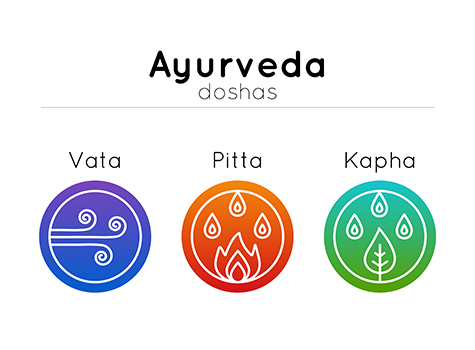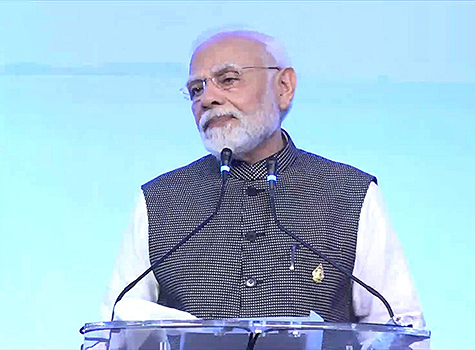According to Hinduism, Brahma, the creator and one of the Hindu Trinity, with the help of Goddess Saraswati, giver of higher learning and the arts, enlisted Bharatha Muni’s support in writing the fifth Veda, called Natyashastra. This is a book on drama, dance, and music. It describes the set up of classical dance forms, including the jewelry, the building of the stages, the orchestra, the costumes of the dancers, meaning of hand gestures, facial expressions, positions of the feet and many more intricate details. Classical dances were meant to become a guiding light. Through the medium of dance and music, human beings were to understand the concepts of good and evil, moral and immoral, temporary and permanent.
 Due to its divine origins, the earliest support to the art of dance came from temples, which were also the main area of communion between the commoners and the scholars. Local leaders supported the temples and were its patrons. The temples reverberated with devotion to the gods through elaborate rituals, part of which were also the twin arts of singing and dancing. Local patrons took pride in their temples and provided it with the best available talent. It was also a matter of honor for artists to be associated with service to god. A special class of dancers dedicated to God, deva (god) dasi (servant), came about whose accomplishments were respected and celebrated by many. By custom, as they were dedicated and “married” to the gods, they could not marry a human being. Originally, they were a highly respected class of women whose learning and accomplishment in the arts ensured a very high status for them in society.
Due to its divine origins, the earliest support to the art of dance came from temples, which were also the main area of communion between the commoners and the scholars. Local leaders supported the temples and were its patrons. The temples reverberated with devotion to the gods through elaborate rituals, part of which were also the twin arts of singing and dancing. Local patrons took pride in their temples and provided it with the best available talent. It was also a matter of honor for artists to be associated with service to god. A special class of dancers dedicated to God, deva (god) dasi (servant), came about whose accomplishments were respected and celebrated by many. By custom, as they were dedicated and “married” to the gods, they could not marry a human being. Originally, they were a highly respected class of women whose learning and accomplishment in the arts ensured a very high status for them in society.
The kings and queens were not far behind in extending patronage to artists and they did much to support temples. Financial support and donation of land for temples helped these places of worship to thrive. Each temple was assured not only of local support from their zamindaars or leaders but royal patronage too, thus increasing the power and prestige of each temple and its resident dancers.
In the 16th century, with the arrival of foreign powers in India, these dances experienced a huge setback. First, for trade and then for permanent stay and rule, these foreign rulers decreased the power of both local leaders and the royal courts. This led to a slow but sure decline in support to and patronage of temples, in turn leading to the decline of these religious art forms. The indigenous arts of India were looked down upon by colonialists and discouraged when Victorian civilization took over.
By the time India attained independence from foreign rule in 1947, most temples and its inhabitants had been reduced to near destitution. In the absence of support, they had no means of sustaining these art forms. The British went further and created laws banning the practice of Devadasi system. Arts that had evolved and developed over centuries were reduced to nothing by the time India attained its independence.
It was during the struggle for independence and determination of several nationalists that the revival of Indian arts began. All over the country, from the beginning of the twentieth century, individuals tried to help save old dance forms. In the south, the spirit of resurgence led to the saving of Bharatanatyam, Kathakali, Kuchipudi, and Mohiniattam. In the North, Kathak was revived, and in the Northeast, Manipuri. The pioneering gurus, dancers, and critics of the early twentieth century played a major role in helping save these dance forms.
After independence, several dance institutions and individuals took on the responsibility of serving the arts. The government by not interfering with the creative process established an atmosphere where dance forms could be nurtured. Soon other forms like Yakshagana and Chhau found a place of importance as well.
As recently as the year 2000, The National Academy for Dance and Music, the Sangeet Natak Academy, under the Culture Ministry, recognized a new classical form from Assam called Sattriya. This form was confined to the satras, or the seminaries of Assam and only celibate monks could perform it.
Fortunately, all folk dances had continued unaffected, as they were not supported by temples but by the farming community who sang and danced without formal training during harvest and sowing seasons.
By the end of the twentieth century, not only were these classical forms of dances fully revived and thriving, the new generation of dancers were looking at the latest trends and modernizing their traditions. Those who had exposure to the West or had come under the influence of visiting artists from abroad, learnt to think afresh and slowly created a new, contemporary approach. New themes such as the environment and the empowerment of women led to a new direction in dance. Although it is in its infancy still, it may find fruition in the twenty-first century.
I hope these articles about the history of dance will bring us a new perspective and appreciation as they have gone through many hardships and still survived.
I want to dedicate this article to many gurus, organizations, and publications like Saathee magazine that are providing means to keep these dance forms alive.
Posted: Monday, October 30, 2017



